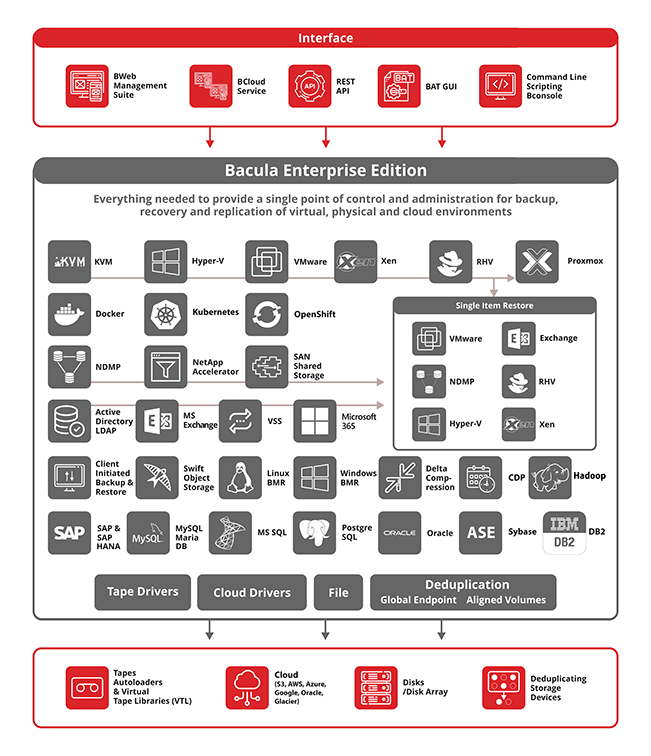The variety and volume of information in enterprises has increased dramatically over the last 10 years and the need to implement mechanisms for data protection has grown significantly. The number of backup solutions for enterprises has increased accordingly, even though competition between vendors is becoming evermore sophisticated. One of these solutions is Microfocus Data Protection – a set of modular tools that execute backup of the sensitive data of organizations and protect from situations that may affect data availability and integrity. This application is provided by Microfocus Enterprise, which offers solutions to businesses including analytical tools and applications. In 2017 it merged with Hewlett Packard Enterprise. This M&A deal gave the opportunity to consolidate applications and software developed by both organizations and offer them as a unified portfolio of services.
Data protection allows users to configure and manage backup and recovery of their. organization’s activities using existing technology resources, and different and varied storage devices located in various locations and in corporate heterogeneous environments. This can be done from one or more centralized configuration and management consoles.



